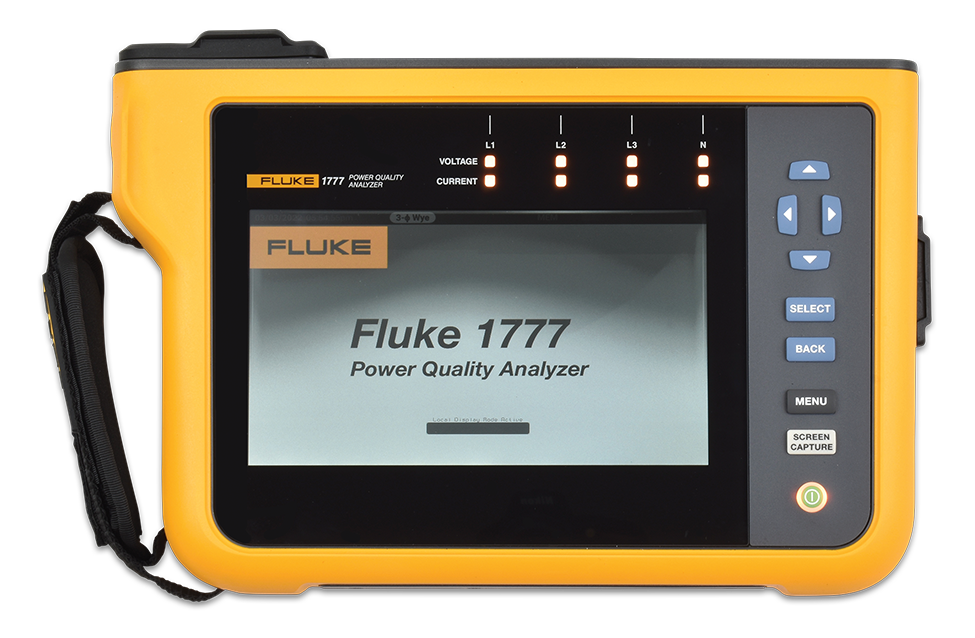Make/Model: Megger DLRO100 series
Product Overview
Portable low-resistance meter delivering up to 100 A DC test current with smooth output—designed for field measurement of micro-ohm-level resistances.
Included Equipment
- DLRO100 main unit (battery/mains model)
- est leads (configurable length)
- Optional clamp and DualGround™ accessories
- USB storage or Bluetooth interface (model dependent)
Technical Specifications:
- Resistance Range: 0.1 μΩ to 1.999 Ω (with 0.1 μΩ resolution)
- Test Current: Up to 110 A DC
- Protection: CAT IV 600 V, IP54 (lid open), battery/mains
- Features: High noise immunity, DualGround support, smooth DC output, remote/ bluetooth in select models
Applications
- Circuit breaker contact resistance measurement
- Bonding and busbar joint checks
- Maintenance in noisy industrial or sub-station environments

